Pollution is an emerging issue that our oceans are experiencing. Plastic, light, sound and chemical pollution originate from human activities. Chemical pollution has been extensively assessed in the past decades, especially due to high industrial development in coastal areas and pesticides used in agriculture. One might wonder how can pesticides, for example, affect marine ecosystems if they’re used inland. Well, the big problem here is that these products are transported beyond their intended area of action. As a consequence, some of these chemicals have been banned for their associated effects on marine organisms, for example DDT. Even so, every year new compounds are being synthesized to meet the societies’ demands but their effects on aquatic systems and, especially, organisms are mostly unknown.
The concentrations of contaminants observed nowadays in marine organisms rarely impose any immediate lethal effect on individuals. For this reason, one might underestimate its effects on populations since the deleterious effects are not as evident as in other threats, such as in overfishing and habitat degradation, for example. Don’t let the numbers fool you: these organisms might be chronically exposed to these concentrations which, in a long-term, might impact them.
Every day approximately 8 million pieces of plastic pollution find their way into our oceans. There may now be around 5.25 trillion macro and micro-plastic pieces floating in the open ocean. Weighing up to 269,000 tonnes. Plastics consistently make up 60 to 90% of all marine debris studied.Two-thirds of it comes straight from land based sources: litter being left on the beach or washed down rivers and drains from litter being dropped in towns and cities. It comes from industry spills, badly managed landfill sites and bins near the coast or by being flushed down the loo. The remainder is lost at sea such as containers going overboard or lost fishing gear. As we know, plastic is strong, flexible and durable making it extremely useful, however that also means it never really breaks down. A plastic bottle can last for 450 years in the marine environment, slowly fragmenting into smaller and smaller pieces which eventually end up microscopic but never truly go away. This means that every piece of plastic that has ever been produced is still with us, in some form.
With 1 in 3 fish caught for human consumption now containing plastic, the question is no longer are we eating plastic but how bad for us is that? In seawater plastic absorbs chemicals like PCB’s and DDT’s which have been linked to endocrine disruption and even some cancers, becoming more powerful as they work their way up the food chain.

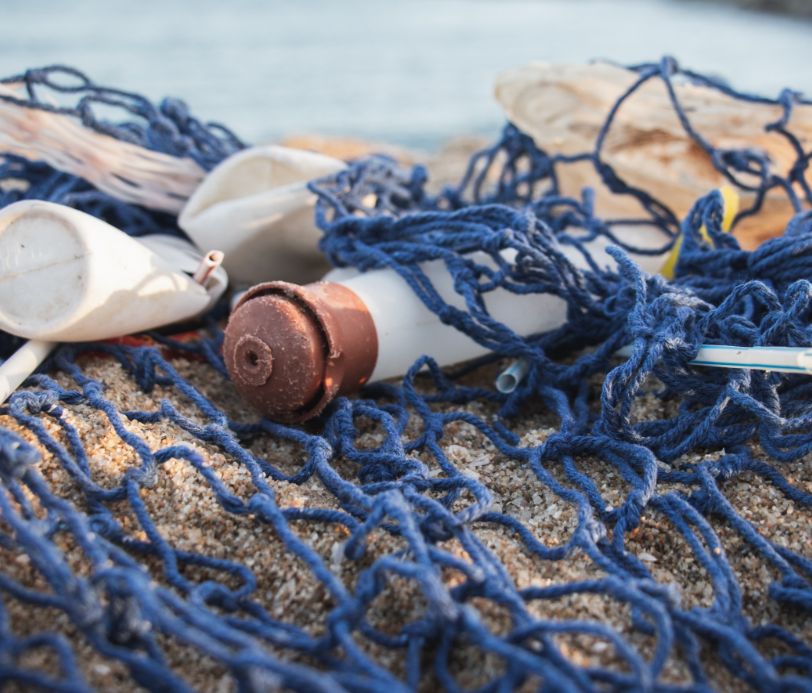
Plastic pollution can be found on every beach in the world, from busy tourist beaches to uninhabited, tropical islands everywhere is affected.
In 1950, the world’s population of 2.5 billion produced 1.5 million tons of plastic; in 2016, a global population of more than 7 billion people produced over 320 million tons of plastic. This is set to double by 2034.
Every day approximately 8 million pieces of plastic pollution find their way into our oceans.
There may now be around 5.25 trillion macro and micro-plastic pieces floating in the open ocean. Weighing up to 269,000 tonnes.
Plastics consistently make up 60 to 90% of all marine debris studied.
Recent studies have revealed marine plastic pollution in 100% of marine turtles, 59% of whales, 36% of seals and 40% of seabird species examined.
100,000 marine mammals and turtles and 1 million sea birds are killed by marine plastic pollution annually.
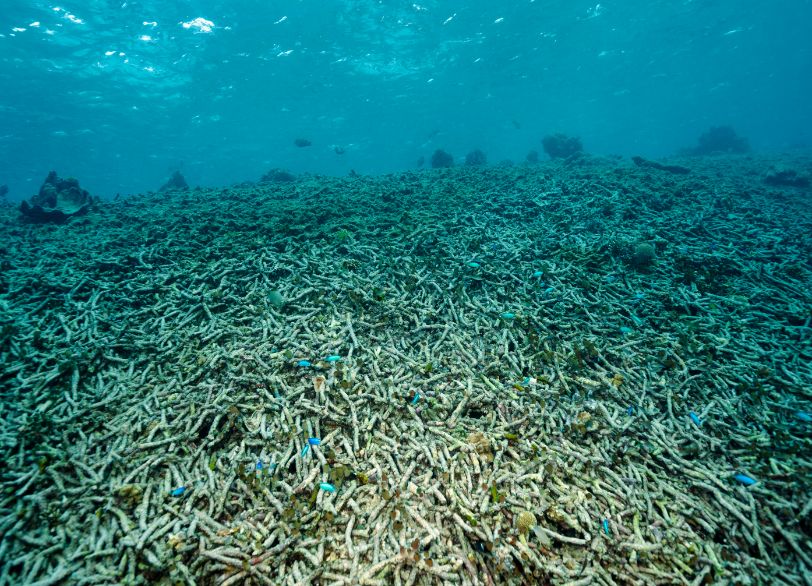
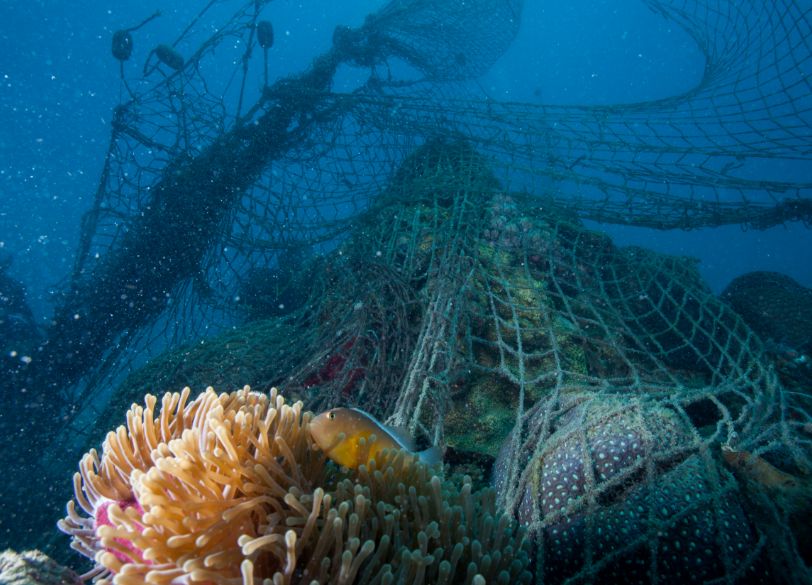
When an area of ocean or coastline is changed or degraded beyond the point that it can serve as a home for the species that live there, or is even destroyed entirely, that’s habitat loss.
There are various ways that the habitats are altered or destroyed. Again, some are direct, like cutting down mangroves or trawling fishing nets over reefs, and others are indirect, such as pollution, which might affect water quality to the extent that the water becomes uninhabitable. Coastal development has accelerated over time as the human population grows and more and more people move to the coast, and it has been the driver of a lot of degradation in marine areas. Mining and aquaculture are other culprits.
The areas that are most accessible to people are the ones most degraded, so broadly in descending order the most affected are terrestrial areas, freshwater habitats, estuaries, coastal areas, the inshore region and the open ocean. This means that fish that live in fresh or brackish waters are likely to be the most affected by habitat degradation.
Many fish species use coastal and estuarine areas as safe places away from predators to feed, give birth, mate and grow. Fish that live in coastal areas for all or part of their lives are likely to be more affected by habitat loss than those that live in the open ocean. Coral reefs and mangroves are also important for various fish species, and both of these habitats have been in decline in terms of their extent and health with rising sea temperatures, coral bleaching and increasing sea acidification.
Through research projects, such as those supported by the Save Our Seas Foundation, we can understand the effects of habitat loss. What activities have the greatest and the least impact? Which species face the biggest threat from habitat loss? Where are species affected (or unaffected) by habitat loss? The answers to these questions can guide the people who manage ocean resources, marine environments and the activities that impact on marine habitats.

Overfishing is the removal of a species of fish from a body of water at a rate that the species cannot replenish, resulting in those species becoming underpopulated in that area. In a Food and Agriculture Organization estimates that one-third of world fish stocks were overfished by 2015. Overfishing can occur in water bodies of any sizes, such as ponds, rivers, lakes or oceans, and can result in resource depletion, reduced biological growth rates and low biomass levels. Sustained overfishing can lead to critical depensation, where the fish population is no longer able to sustain itself. Some forms of overfishing, such as the overfishing of sharks, has led to the upset of entire marine ecosystems.
The ability of a fishery to recover from overfishing depends on whether the ecosystem’s conditions are suitable for the recovery. Dramatic changes in species composition can result in an ecosystem shift, where other equilibrium energy flows involve species compositions different from those that had been present before the depletion of the original fish stock. For example, once trout have been overfished, carp might take over in a way that makes it impossible for the trout to re-establish a breeding population. Scientists estimate that each year 100 million sharks are removed from our oceans, and much of this haul is illegal, unreported and unregulated. The fishing pressure on sharks, combined with their slow rate of reproduction, means that they are being overfished.
When fishermen catch fish, there are inevitably fewer fish left in the sea. If it weren’t for fishes’ ability to reproduce relatively quickly, fishermen would simply ‘mine down’ the resource and there would be nothing left. But fishing has been sustained for many millennia because fish can reproduce and recover their numbers. This source of potentially endless protein is what makes our fish stocks one of our most valuable renewable resources.
The solution would seem simple: reduce the number of fish we catch. But a major obstacle to conservation efforts is our limited understanding. We simply don’t properly understand behavior, breeding habits or migration patterns of most species. For some species, we don’t even know how many of them there are! Without this basic knowledge, we can’t accurately calculate fishing limits and develop other effective conservation measures to conserve them.
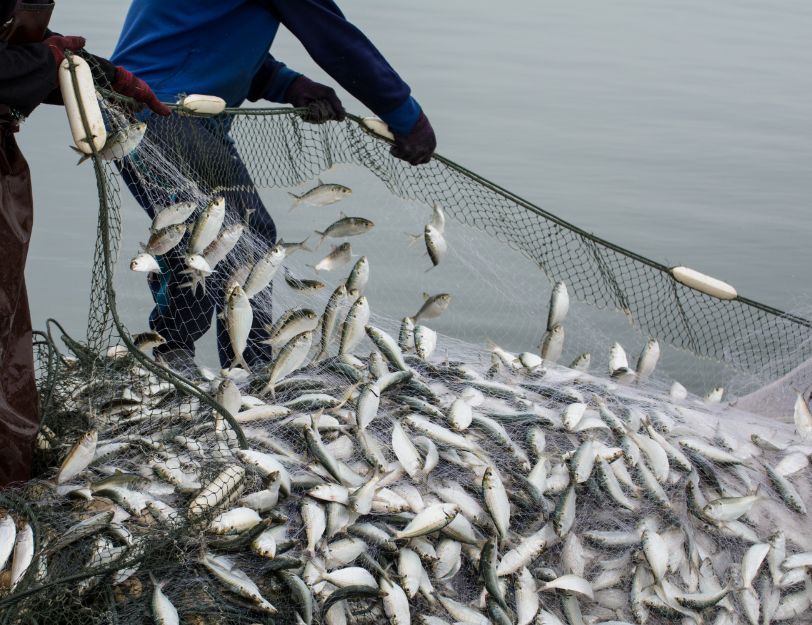
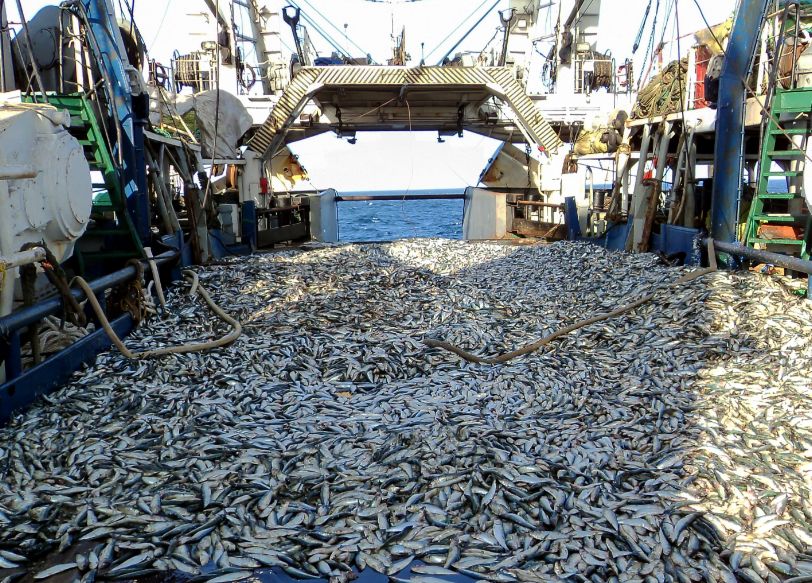
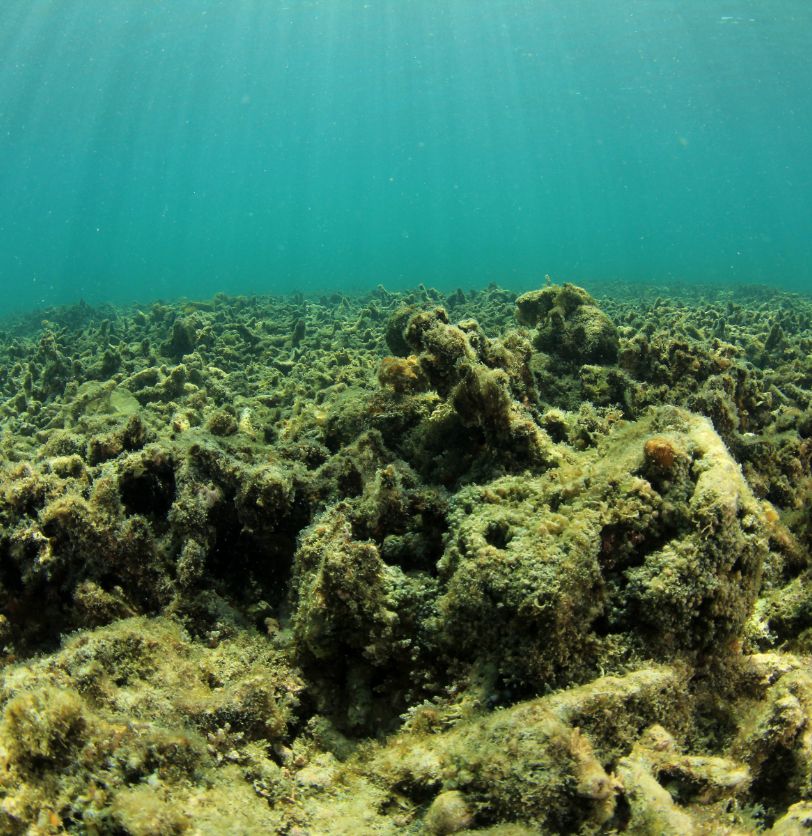
By releasing greenhouse gases into the atmosphere, humans are changing the global climate in ways that are affecting the marine environment in terms of weather patterns, water temperature, sea level, ocean chemistry, currents, coastal erosion and the frequency of storms. We have already observed many of these effects, but scientists are expecting them to become more severe as climate change continues. Changes to the foundations of the marine environment such as this are likely to affect marine creatures’ food supply, migration patterns, distribution, reproduction and relationships with other parts of the food web. These changes could also affect the way animals behave.
Climate change is happening now; it is ongoing and it is going to get worse before it gets better. Even in the midst of this change, we don’t know for sure what to expect. Nevertheless, scientists conduct experiments day by day and observe how the earth’s climate and environment are changing, giving us more information about what’s happening and what to expect. This is particularly important when it comes to species that are already endangered and exposed to a multitude of threats – and sharks and rays qualify in both respects. As we gain more knowledge, we are able to make informed decisions about how to mitigate the threats and manage our behavior for the benefit of the planet – and, by extension, ourselves

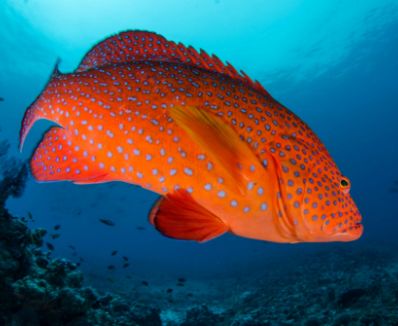
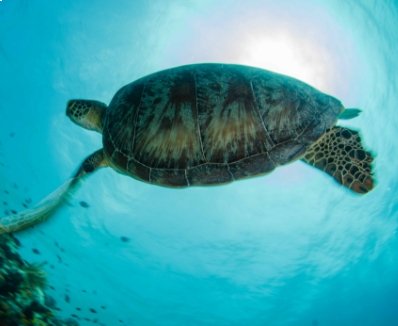
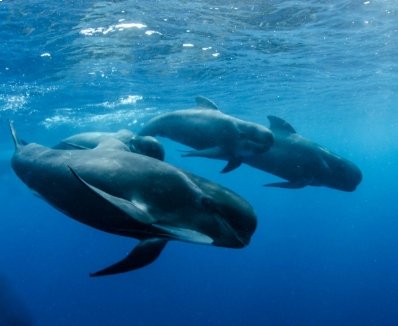
Show your support and awareness. Help to preserve and protect our world's oceans.